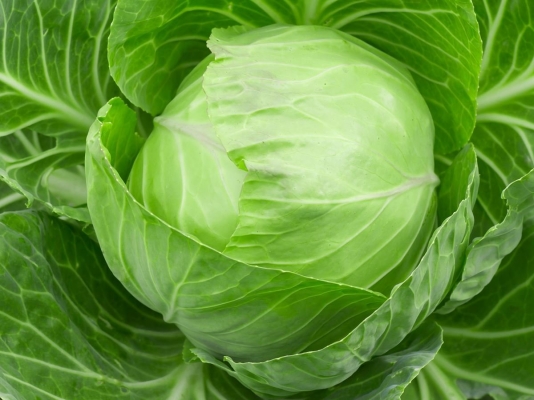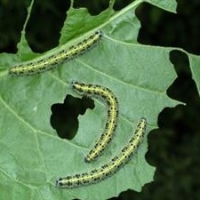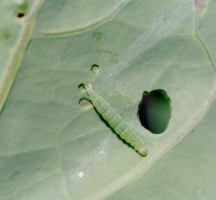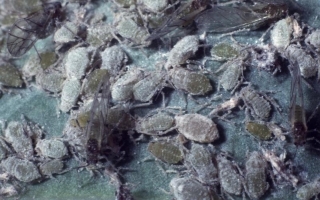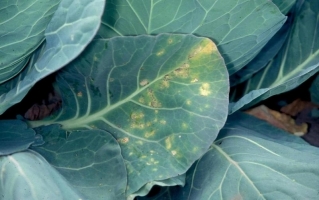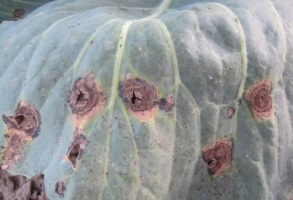KGMR -1 : Round and compact green heads. Ready to harvest in 60days after maturity. Gives average yield of 140 to 160qtl/acre.
Golden acre: Suitable for all regions, early maturing, small plant, 4-5 opened leaves, round green and small size having hard head. The variety gets ready in 60-70 days and it gives an average yield of 94-104qtl/acre.
Pusa Drum Head: Late variety, mid-long stem, flat green and large size hard heads, high yield variety. It gives an average yield of 156-182qtl/acre.
Pusa Mukta: Round, hard head and attractive light color variety. The variety gets ready in 85-90 days. Summer crop gives an average yield of 84qtl/acre and winter season crop gives an average yield of 125qtl/acre.
Pusa Ageti: Suitable for March and August Planting. Ready to harvest in 75 to 90days after transplanting.
Pride of India: Small plant, almost round, green in color and has small to medium size heads. It gives an average yield of 100-125qtl/acre.
Shree Ganesh Gol: Crop is ready to harvest in 80days after transplantation. Gives average yield of 140qtl/acre.
Hari Rani Gol: Hybrid, ready to harvest in 90-95days. Gives average yield of 140-160qtl/acre.
Kranti : Hybrid, ready to harvest 60-65days. Suitable for closer spacing. Gives average yield of 80qtl/acre.
Manisha, Krishna, Mitra, Naath -401 etc.
Other state varieties:
Popular varieties of Cabbage: Pusa Drumhead, K-1, Pride of india, Kopan hagen, Ganga, Pusa synthetic, Hariana, Kaveri, Bajrang. The average yield is near about 75-80 qtl per acre.
Midseason Market, September Early, Early Drum head, late large drum head, K1

